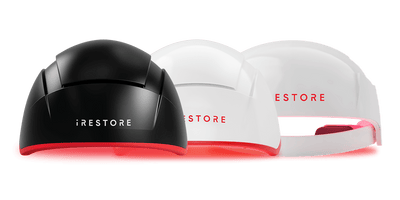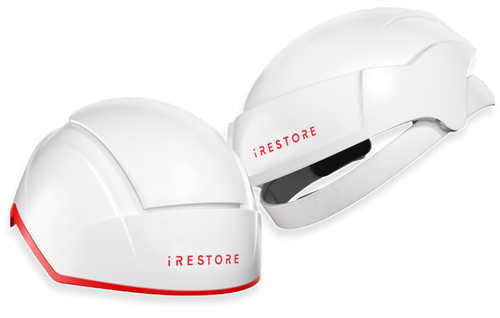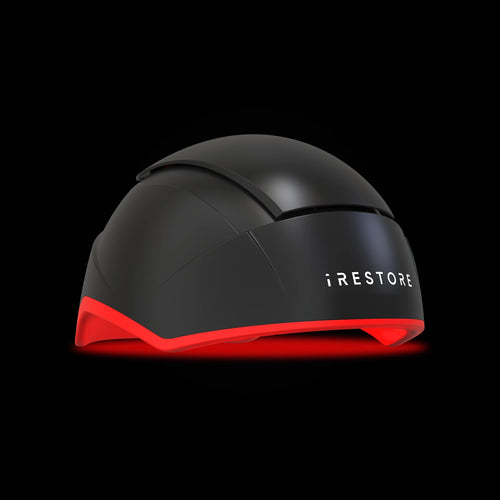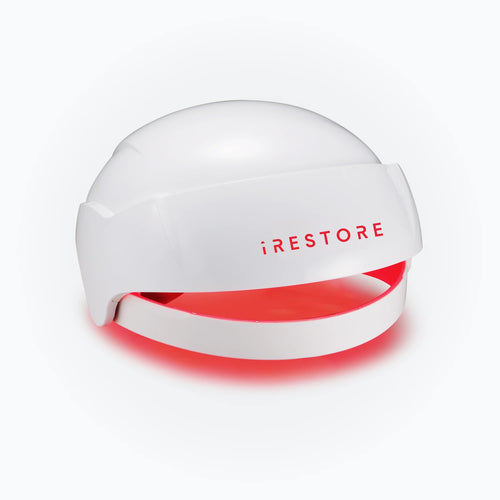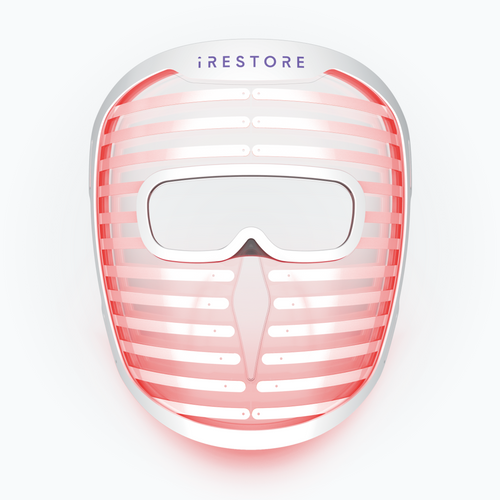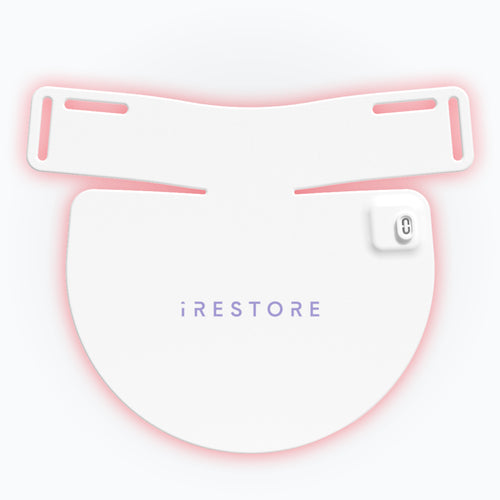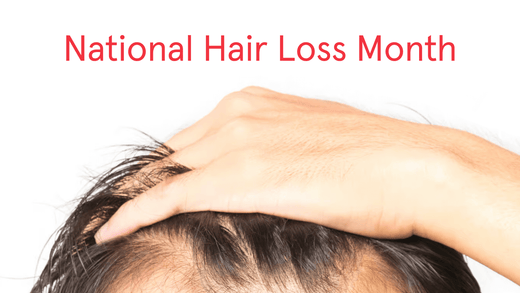
National Hair Growth Month: Everything You Need To Know
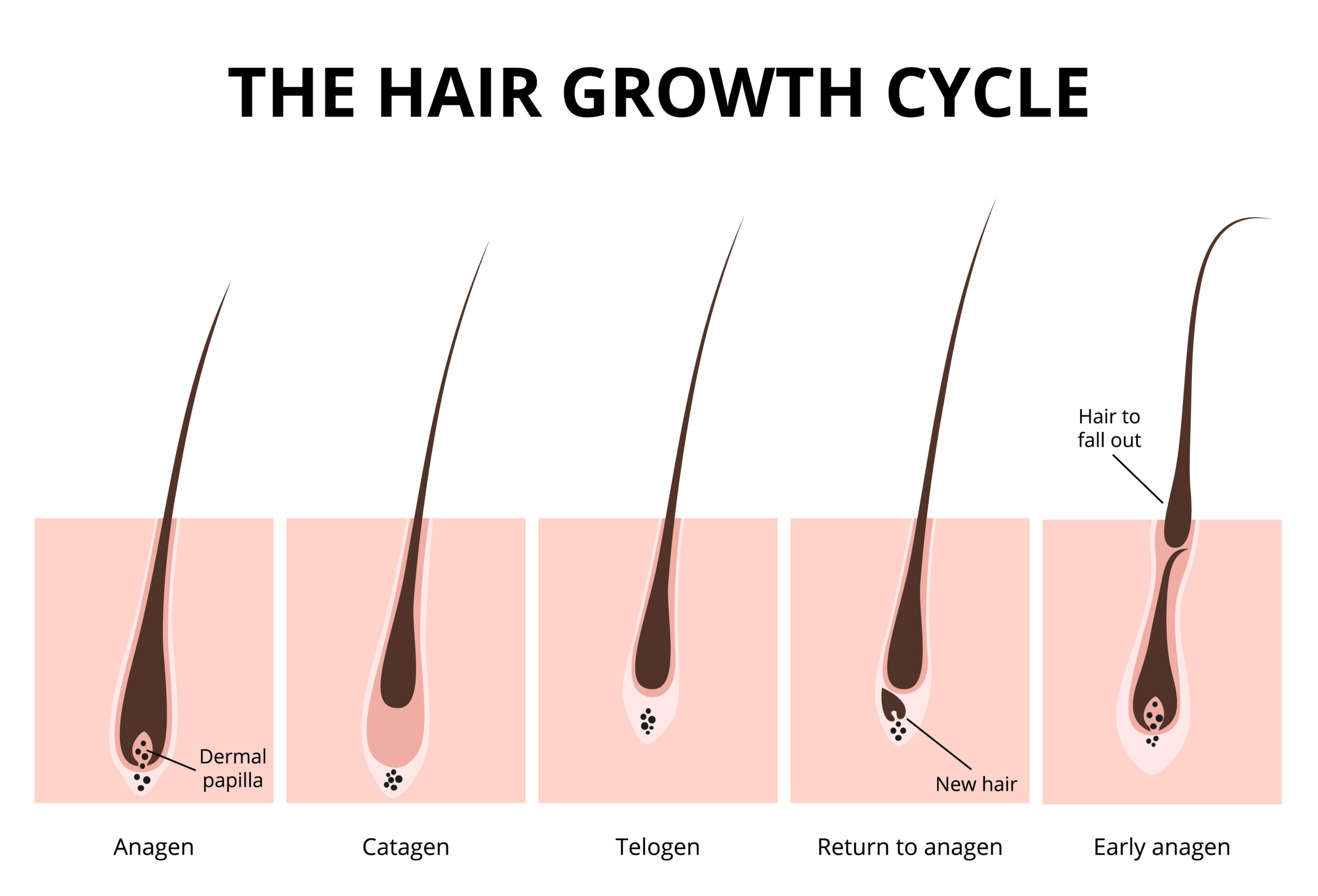
We all cherish our luscious locks. And at iRESTORE, we want to continue to be here to support you when it comes to maintaining your healthy hair, preventing further hair loss, or encouraging your hair regrowth.
But have you ever REALLY thought about how your hair grows? We emphasize the products we use that we often don’t take a step back and truly learn our hair growth cycles.
And, of course, we’re all different, so it’s even more important to take a deeper dive into your specific growth cycle so that you can stay on top of irregularities.
Here, we’ll take a more in-depth look into the stages of hair growth and provide insight into the different reasons that could potentially disrupt your natural growth cycle.
YOUR HAIR GROWTH CYCLE
Hair....like magic, it appears on your scalp, grows, and often falls out. And although it may feel effortless, understanding your natural growth cycle is an essential factor in your hair journey.
Like with the rest of our body tissues, our hair has tissues that follow a growth cycle, rest, and death. In our hair’s case, the cycle results in our lost hair being replaced by newer, healthier hairs.
But how does it grow?
Well, your skin has follicles, and at the root of each strand, there are protein cells at the bottom, which is where your hair grows. Then, the blood vessels in your scalp provide nutrients to the roots, aiding in the production of your hair. As the hair grows, it penetrates through the layer of the skin and sticks out. Our hair follicles are also attached to oil glands, which provide natural shine and softness to your hair.
And if that wasn’t enough to take in, your hair growth cycle is made up of four phases.
First, there’s the anagen or growth stage. That’s followed by the catagen stage, also known as the transition phase. The third stage is the telogen or resting phase. And lastly, the exogen or shedding phase. This cycle lasts for a few years for each of your hair strands.
Let’s break these stages down a bit more in-depth.
The Four Stages of Hair Growth
1. Anagen Phase
Anagen is the phase where your hair begins its growth from the follicle root, and your hair proteins and fibers are produced. This phase lasts 2-7 years depending on different factors, while it establishes the length of the hair strand. Your hair constantly grows for a longer time during this phase and, as you age, the anagen phases get shorter.
Factors such as chemotherapy, oral contraceptives, chronic infections, and other chemicals can lead to an irregular halt to the anagen phase. This results in your hair shedding within this phase and a condition known as anagen effluvium. People with this condition will typically begin to see natural hair regrowth after a few months.
2. Catagen Phase
At the end of the anagen phase, your hair transitions to the catagen phase. During this phase, the follicle restores itself by reducing to 1/6th of its length. Even though the hair is detached and stops getting nutrients, it does not shed. This stage lasts about 2-3 weeks.
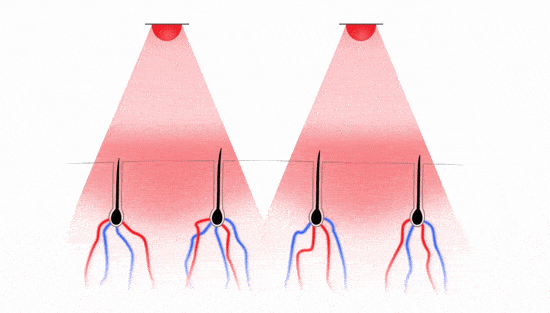
3. Telogen Phase
After the catagen phase, the resting phase begins. This phase results in new hair emerging from the roots, slowly pushing up the last strand. This stage lasts 3-5 months on average.
At times, conditions like mental or physical stress, hormonal imbalances resulting from pregnancy or menopause, and protein deficiencies can lead to hair prematurely going into the telogen phase. This hair loss is referred to as telogen effluvium.
4. Exogen Phases
Lastly, the exogen phase results in the hair strand being wholly removed from the scalp and shedding. On average, we lose 50-100 strands in the exogen phase each day. This is entirely natural, so you shouldn’t be alarmed when seeing daily hair loss in this range.
Hair Shedding
What’s Considered Normal and How to Monitor
Shedding is completely normal and is an essential part of the hair growth cycle. As mentioned, people see an average of 50-100 stands of hair loss daily.
But, it’s essential to keep track of experiencing excessive shedding, which can happen for a range of reasons.
The most common types of hair loss occur when more follicles than the normal transition from the anagen phase to the catagen phase. By the time those hairs reach the exogen phase and fall out, hair develops weaker.
You can help moderate extra shedding by improving the anagen phase, and you can maximize the anagen phase by controlling certain factors. You’ll want to make sure you get enough sleep, reduce stress levels, exercise, avoid crash diets and cleanses, stay hydrated and eat a healthy diet.

You can also take a hair growth supplement like our delicious Biotin Vitamin Gummies made with all-natural ingredients designed to nourish your hair, skin, and nails with essential nutrients. Or our Hair Growth Formula contains ingredients to help your overall hair health, improve your hair density, and combat your hair loss.
Our Thickening Duo is made of a therapeutic formula for your hair washing and conditioning regimen to strengthen and revive thinning hair by revitalizing hair follicles and moisturizing dry scalps.
And we can’t forget our iRESTORE Elite, Professional and Essential devices, which use a combination of lasers and LEDs to encourage hair regrowth and loss prevention and require just 25 minutes of your time every other day.
Just remember, shedding is normal and natural for your hair cycle. But if you see an excessive amount of hair fall, we suggest you see a physician ensure that there aren’t any other causes for your hair loss.

